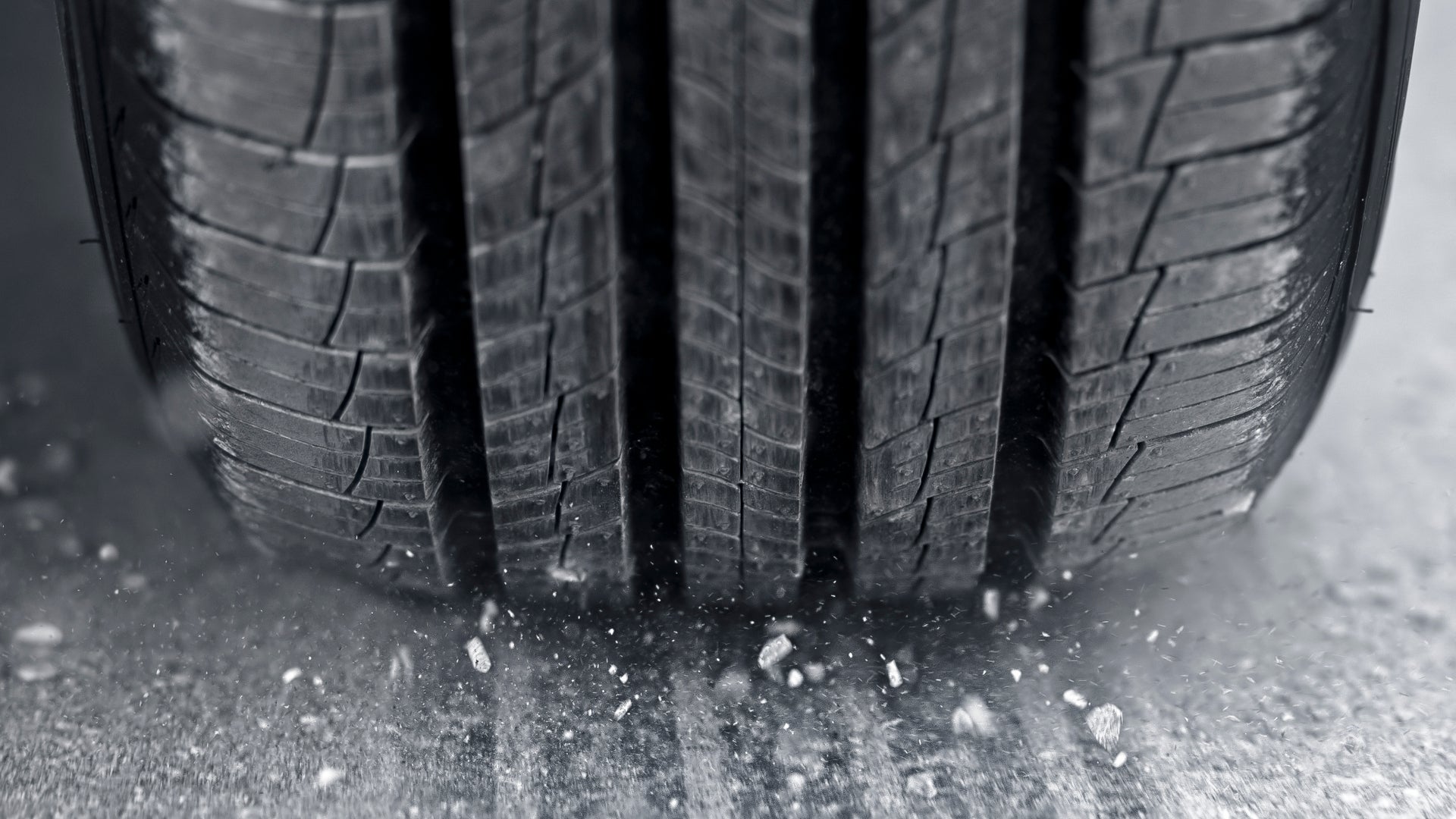- cross-posted to:
- [email protected]
- [email protected]
- cross-posted to:
- [email protected]
- [email protected]
There is a discussion on Hacker News, but feel free to comment here as well.
deleted by creator
I guess it might be possible since there isn’t something like a catalytic converter for tires (or brakes) and they could also be including EVs or bikes etc. which would inflate the figure
for brakes this totally makes sense as the bottom of cars tends to be covered in brake dust but it would imply EV’s with regenerative braking would be an improvement.
deleted by creator
deleted by creator
people will look at this study and say ‘oh so EVs are even worse than ICE cars!’, when the real answer is just less cars
Both are technically true.
EV’s are worse on average because they are about 30% heavier than their ICE equivalents, so they’ll go through tires faster.
But because of that, they’ll also wear down road surfaces faster, requiring more construction thet emits, and requiring more use of concrete.
The weight of an EV depends on various factors, such as the size of the battery pack and the overall design of the vehicle. Some EVs may be heavier due to larger battery packs, while others may be lighter or comparable in weight to ICE vehicles. it is not accurate to generalize that EVs are heavier on average and therefore cause 30% more tyre dust (wtf did you pull this number from).
Extremely heavy vehicles, such as commercial trucks and buses, cause the majority of wear and tear on roads. Damage caused by the shift to EVs is likely to be marginal, especially when compared to the damage caused by these large vehicles.
Cars had a weight problem long before electric vehicles with their heavy batteries hit the road. The real issue with tyre dust is the overall trend of heavier vehicles, not just the introduction of EVs.
Larger electric vehicles, those weighing over two tons, are responsible for far more wear on road surfaces and emissions of tyre dust. However, this is not solely due to EVs, but rather the general trend of larger and heavier vehicles. the trend of SUVs is far worse and these cars on average are heavier than an EV sedan, which the absolute majority of evs are.
Totally agree that vehicles should be smaller in general.
Nobody needs a pickup outside of industry and agriculture. I don’t give a shit about your once-a-year camping trip where you drag your second-mortgaged house-on-wheels to cosplay rugged living. Get a fucking a tent.
Nobody needs an SUV and the only reason they’re “safer” because everything is so oversized now that it’s just a matter of relativity to other vehicles.
Anything larger than a station wagon is simply excessive for 99% of drivers.
Micropastic is one out of many issues. CO2 is definitely more pressing, where BEV clearly are better. In other words: BEV are better compared to ICE and still crap compared to bikes etc.
The answer is tires made from different products not necessarily less cars
What materials could you possibly use other than rubber compounds?
deleted by creator
less cars
Sadly, that thought is absolutely incomprehensible for many many people, including most city planners. We truly live in a silly timeline.
This is why I’m anti bike in addition to being anti car. You have two legs, that is all you ever need. If it’s too far for you to walk then it’s not worth going.
My ENT office/Surgical center is across town. Are you suggesting that I walk for three hours with a sinus infection to an upcoming surgical appointment? And then walk home afterwards?
The forces on car tires are much greater than on bike tires because cars are much heavier and go faster.
Look at the thickness and width of a car tire vs a bike tire and you’ll be able to see how much more material is worn off into the environment during the life of the tire. It’s magnitudes worse in the car and people are absolutely doing the environment a favour switching to alternative transport.
Yeah but then our oceans would be filled with sneaker dust instead of tire death and we’d be right back to square one!
One word: plant-based moccasins
That’s like two and a half words but ok
Maybe we can get plant based tires
Latex rubber?
Are you also anti-shoe? I imagine all rubberized treads would do this to some degree. My guess is that temperature and speed matter.
I guess you could use clogs or geta or something.
Wait you guys are still wearing synthetic shoes?
more trains less cars reason #938



